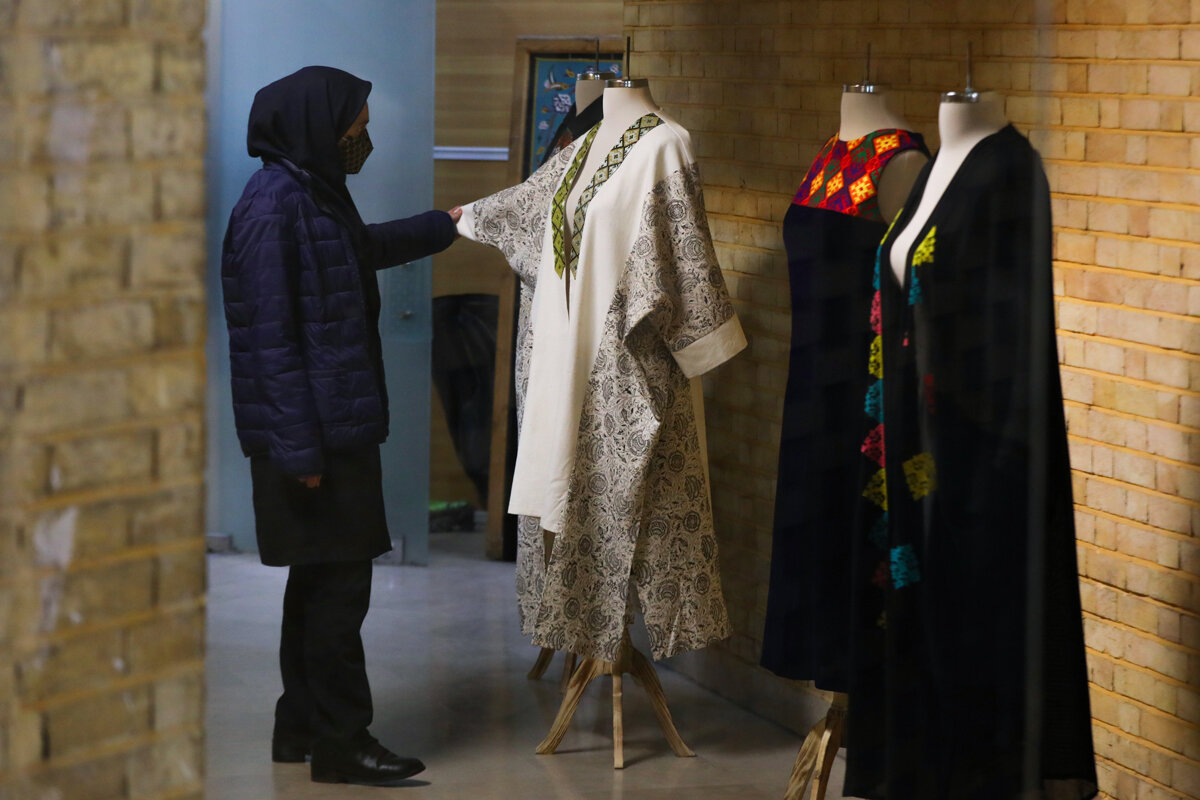Drawing Dreams on Fabric: an exhibition of Iranian needlework

TEHRAN – An exhibition titled “Drawing Dreams on Fabric” has lifted the curtains on a wide array of Persian needlework to commemorate World Handicrafts Day.
It mainly features collections of needlework being kept at Niavaran Historical Cultural Complex, where the exhibition opened doors to visitors early on Monday.
According to organizers, the one-month exhibition held in Ahmad Shahi Pavilion is aimed at promoting the diverse range of needlework originating from across the country.
Needlework (Souzan-douzi in Persian) is a common occupation mostly among females in some regions of the country. It is the art of drawing images on plain fabrics by sewing delicate stitches using a needle and colorful yarns.
Turkmen needlework, one of the most recognized styles which has been inscribed on the Representative List of the Intangible Cultural Heritage of Humanity in 2022, is a decorative applied art used on the national dress of people of all genders and ages in Turkmenistan and Iran.
In both countries, Turkmen-style needlework begins with the preparation of thin silk threads that are intertwined in three layers and twisted into a single thread, then straightened with a large needle.
According to UNESCO, this unique technology gives the thread a shine. For the most common needlework style, a series of loops are created by piercing the fabric with a thin needle and holding the previous loop with the thumb of the other hand. Other needlework styles vary according to the region.
There is no age limit, and young girls traditionally learn needlework from their mothers and grandmothers. In rural areas, the patterns used reveal the territorial identity of the needlewomen. They are also used to symbolize love, friendship, nature, and strength. Needlework is used on wedding clothes, in clothing for funerals and cultural events, and as decorative parts of ordinary clothing, such as scarves, coats, pants, shawls, and accessories.
XF/AM
Leave a Comment